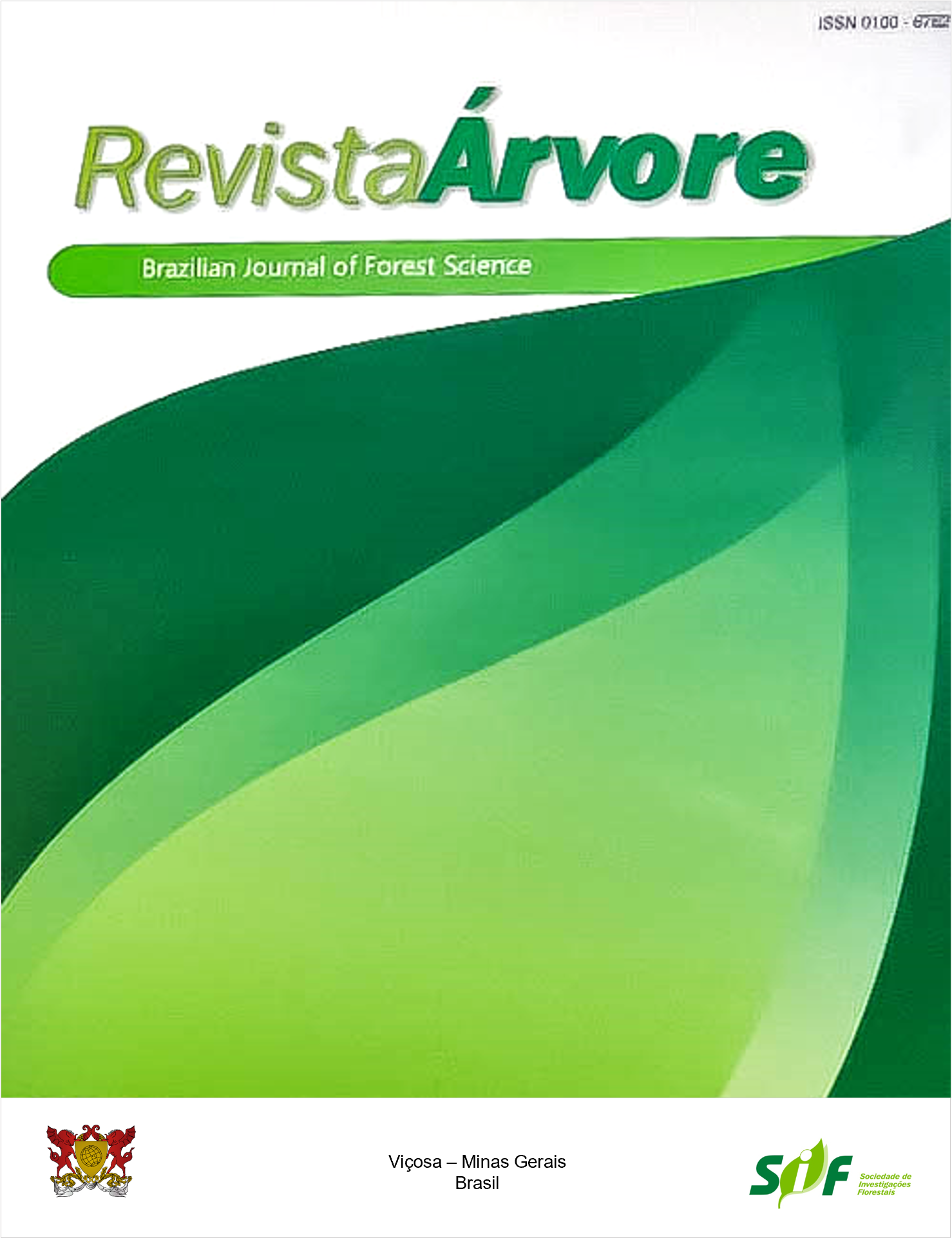EFFICIENCY OF ANDIROBA, COPAIBA AND JATROPHA OILS TO IMPROVE THE RESISTANCE OF Pinus elliottii WOOD TO WOOD-DECAY FUNGI
Keywords:
Vegetable oils, Xylophagous fungi, Biological assaysAbstract
Non-renewable chemical products are still the most used for wood protection, however, they have negative aspects. Several problems associated with the extensive use of these substances have been reported, such as intoxication of animals and plants, and environmental contamination. This has led to a search for alternative methods of control that cause less impact on the environment. In this context, the use of natural products extracted from different plants can be an alternative to this industrial activity. The objective of this work was to evaluate the efficiency of andiroba, copaiba and jatropha oils, either pure or enriched with iodine (I2), to improve the biological resistance of Pinus elliottii wood to wood-decay fungi causing brown, white and soft rot. The andiroba and copaiba oils came from the state of Pará and the jatropha oil came from Paraíba. Thus, we performed resistance tests to accelerated decay (brown and white rot fungi) and soft rot tests in the laboratory. We used pure natural oils and those enriched with sublimated iodine in assessing efficiency. In turn, we evaluated the effects of volatilization and leaching on the efficiency of solutions against decaying fungi. Pure andiroba and jatropha oils were the least efficient in controlling the Trametes versicolor fungus in the accelerated decay biological assay. Moreover, the wood treated with pure copaiba oil (normal situation) was classified as non-resistant for controlling Postia placenta fungus. In the soft rot test, we observed that there was a tendency to improve the wood resistance (normal situation) with an increase in the iodine concentration (I2).
Keywords: Vegetable oils; Xylophagous fungi; Biological assays
Downloads
Published
How to Cite
Issue
Section
License
Copyright (c) 2021 Revista Árvore

This work is licensed under a Creative Commons Attribution 4.0 International License.
All authors agreed to submit the work to Revista Árvore and granted the exclusive license to publish the article. The authors affirm that it is an original work and has not been previously published elsewhere. The scientific content and opinions expressed in the article are the sole responsibility of the authors and reflect their opinions, not necessarily representing the opinions of the editorial board of Revista Árvore or of the Society of Forest Investigations (SIF).




